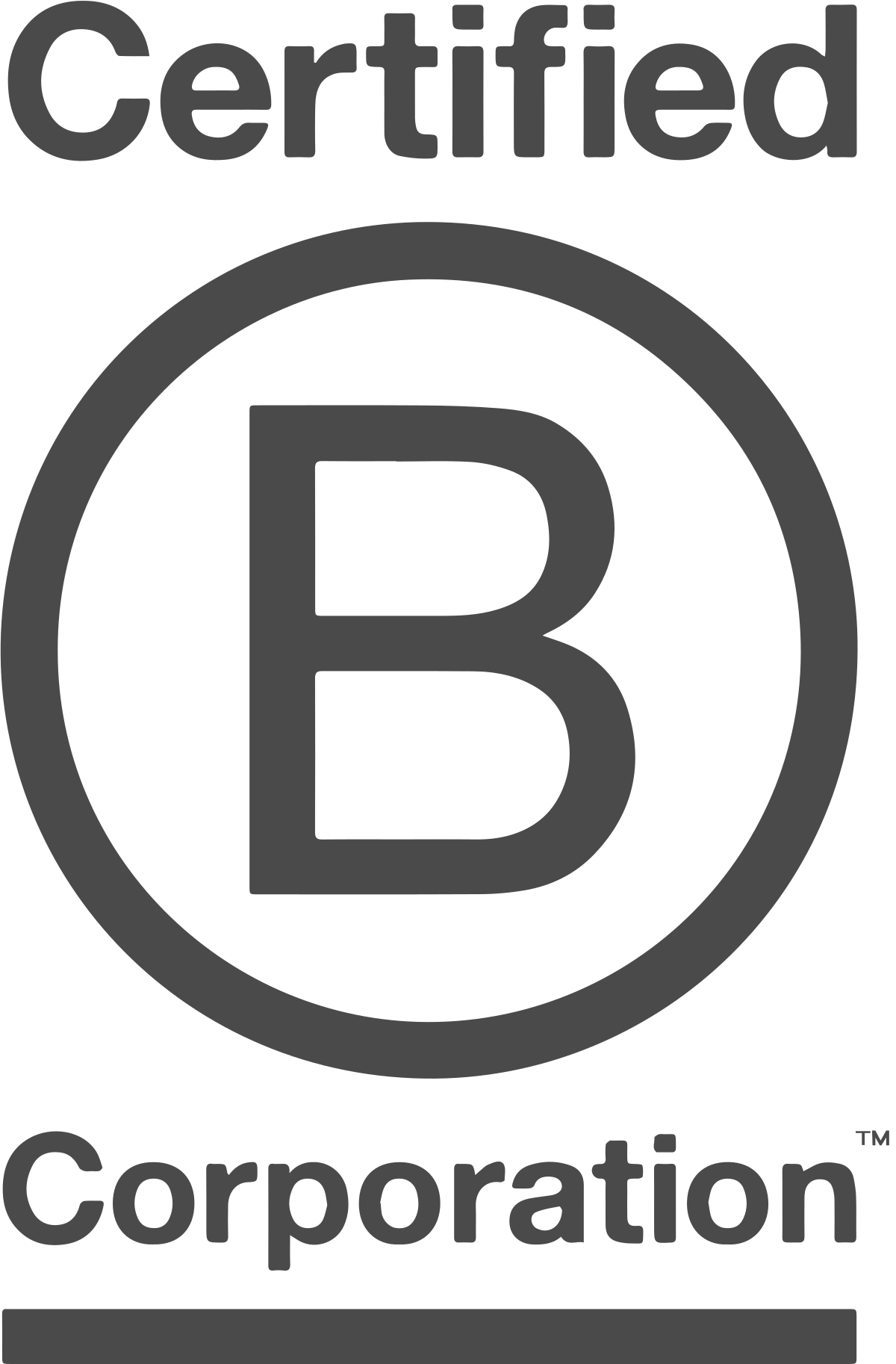In March 2020, DeVono discussed the likely impact of COVID-19 on global supply chains.
One year on, and notwithstanding COVID-19, market data indicates that 50.1 million sq ft of warehouse space was leased across the UK in 2020 – a record breaking year and over 12.5 million sq.ft ahead of the previous record (2016). The outlook for industrial space in 2021 is equally optimistic, with supply being the main stumbling block for increased market activity.
As we look to the future, several issues are expected to impact supply chains and the industrial and logistics sector.
Global growth of e-commerce
COVID-19 and subsequent lockdown restrictions accelerated the move towards the purchase of goods online. As a result, there has been an inevitable and consistent global growth in e-commerce. More retailers have been forced to move to a multi-channel strategy, where they once previously had a predominantly physical presence.
An example of this is one of the most recognisable names on the British high street – John Lewis & Partners (JLP), a department store company operating throughout the UK and Republic of Ireland. JLP is reported to be shutting eight of its department stores, reducing its estate by a third to a total of 34 outlets.
The acceleration of retailers reducing their physical footprint across large swathes of the economy is something that we should expect moving forward as people continue to buy more goods online. Conversely, as a result of the uptick of online purchasing, the recent explosion in the construction of warehouse space is likely to continue throughout 2021, and beyond.
Securing the supply chain
During the early part of the COVID-19 pandemic, we witnessed high levels of panic buying in the UK and US, with the issue of supply chain security prominently discussed in the media. Indeed, a July 2020 report by McKinsey surveyed supply-chain leaders and found that 93 per cent of respondents were planning to increase levels of resilience across their supply chain. Furthermore, with the increase of geopolitical tensions between the West and China, a prominent manufacturer and supplier of goods globally, business leaders will need to implement additional and revised strategies to secure their supply chain. The recent disruption of global supply chains as a result of the temporary closure of the Suez Canal, blocked by the container ship “Ever Given” demonstrates this.
Strategies businesses will deploy include the dual sourcing of raw materials, increasing inventory levels of critical products, and the concept of “near-shoring”. Improving supply chain security will remain a priority due to a powerful combination of geopolitical tensions, government impetus, business, and public support for such action.
Securing the “supply chain” in all of its aspects is part of the multi-faceted risk mitigation plan that organisations will need to employ as they return, at least partially, to the office over the next few weeks and months ahead.
Increased focus on sustainability
With the UK hosting COP26 in Glasgow later this year, there will be a greater focus nationally and internationally on environmental issues. In light of such concerns, we expect businesses to increase their efforts, and communication about doing so, to combat climate change.
Throughout 2021, companies will shift their operations to reduce net zero carbon emissions through sourcing closer to the point of production, assembly, and consumption. Additional measures to reduce emissions will include the adding of onsite renewable energy infrastructure and increased use of green transportation. Almost one-third of the UK’s largest businesses have pledged to eliminate their carbon emissions contribution by 2050. The UK Government is also urging more companies to commit to net zero emissions by this date. In light of this, the pressure for businesses to act responsibly to combat climate change will only increase throughout 2021.
2021 and beyond
Twelve months ago, COVID-19 turned the working practices of manufacturers, consumers, and distributors across the global supply chain on their heads. We have seen changes in sourcing raw materials, their manufacture, and the distribution of finished products. COVID-19 accelerated this change that would have taken many years in more ‘normal’ times. However, in this ‘new normal,’ we primarily expect to see the continued shortening of supply chains, decreasing working capital, increasing inventory, increased focus on sustainability, and continued growth in e-commerce.
We have come so far since the emergence of the virus and are close to emerging out the other side. DeVono is here and ready to provide counsel to you and your organisation so that you can navigate these hopefully final months of the pandemic. To learn how you can cut costs, improve efficiency, and ensure a safe return to your physical workspace to stay one step ahead of your competitors, get in touch.



